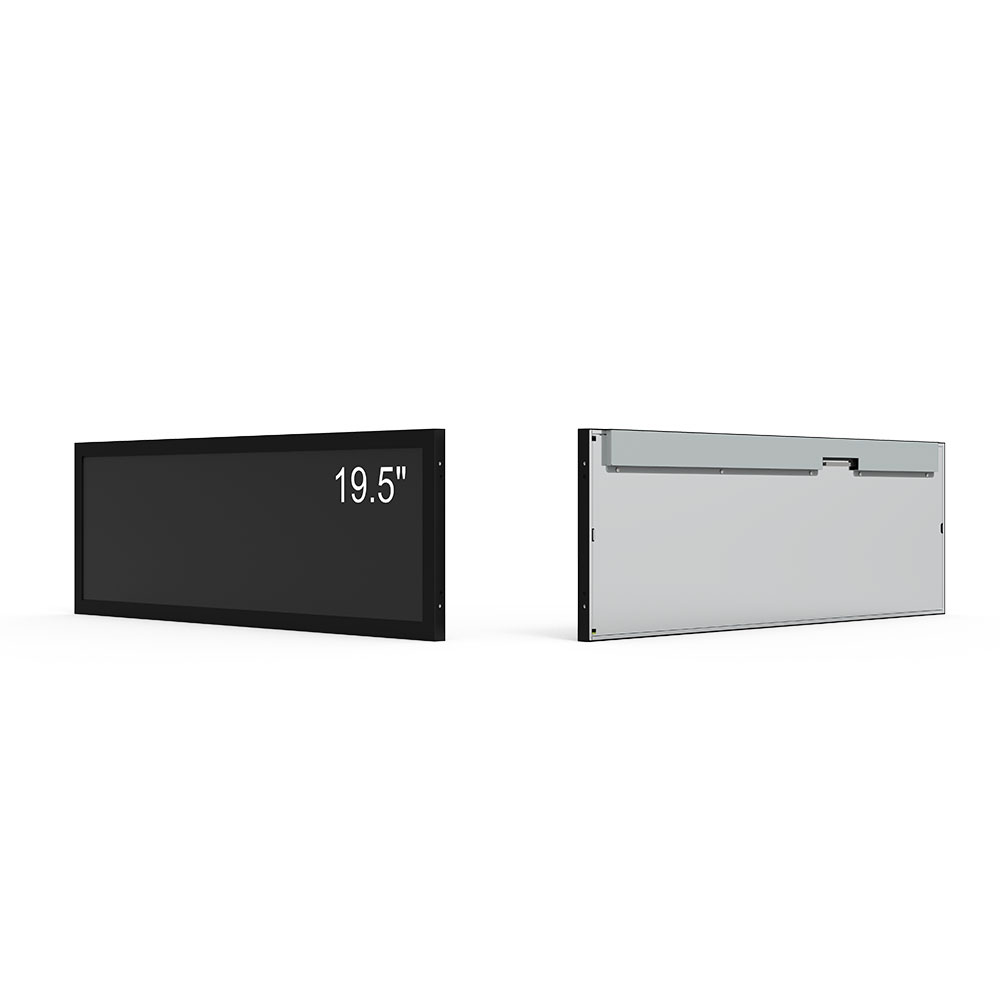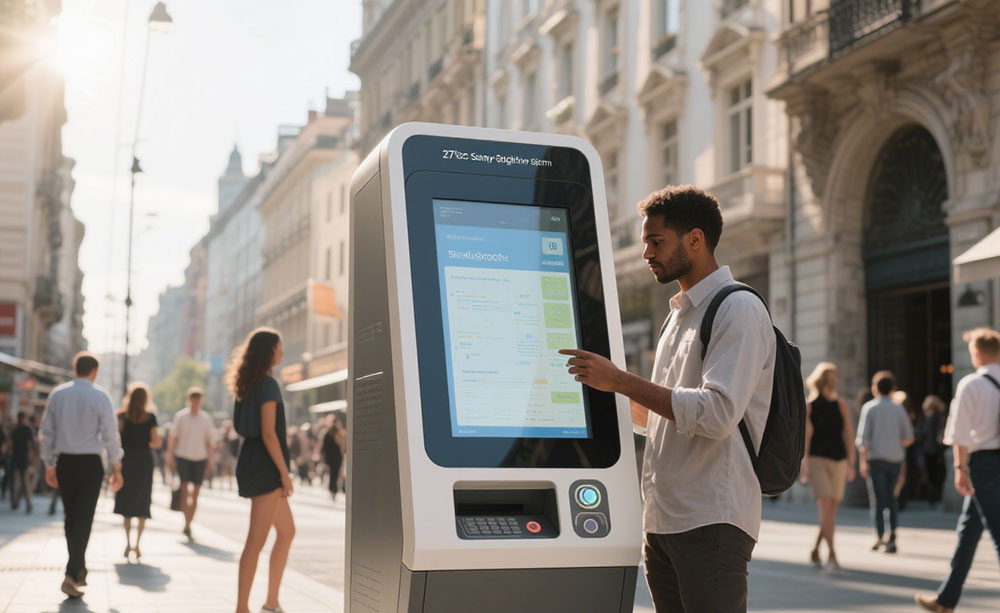실외 디지털 사이 니지 솔루션을 설계 할 때 올바른 디스플레이 크기와 종횡비를 선택하는 것이 최적의 가시성, 영향 및 투자 수익을 보장하는 데 중요합니다. 실외 LCD 화면의 가장 일반적인 디스플레이 비율은 16:9 입니다. 이 와이드 스크린 형식은 최신 비디오 콘텐츠 표준 (예: HD 및 4K) 과 일치하며 광고, 뉴스 피드 및 라이브 방송에 자연스럽게 적합합니다.
실외 LCD 스크린은 키오스크 및 소매 판매 지점 디스플레이에 이상적인 소형 10.1 인치 유닛부터 경기장 또는 대형 공공 광장에 사용되는 대규모 110 인치 패널에 이르기까지 다양한 크기로 제공됩니다. 주요 표준 크기는 다음과 같습니다.
-10.1 "에서 21.5": 편의점, 주유소 및 소규모 소매점과 같은 실내 실외 하이브리드 환경에서 일반적으로 사용됩니다. 이 스크린에는 종종 먼지와 내수성을위한 IP65-rated 인클로저가 있습니다.
-23.8 "에서 43": 공항, 쇼핑몰 및 레스토랑에서 디지털 메뉴, 길 찾기 및 광고에 인기가 있습니다. 이 범위에서 밝기 수준은 일반적으로 주변 햇빛과 싸우기 위해 5,000 nits를 초과합니다.

-46 "~ 75": 버스 정류장, 기차역 및 기업 로비와 같은 교통량이 많은 지역에서 일반적입니다. 이 모델에는 종종 눈부심 방지 코팅과 무음 작동을위한 팬리스 디자인이 포함됩니다.

-86 "~ 110": 스포츠 경기장, 이벤트 장소 및 도심 광고판과 같은 대규모 응용 프로그램을 위해 예약되었습니다. 이들은 높은 에너지 소비로 인해 전문 등급의 장착 시스템과 전력 관리가 필요합니다.
영화 및 텔레비전 엔지니어 협회 (SMPTE) 에 따르면 16:9 는 콘텐츠 제작 및 디스플레이 하드웨어 모두에 대한 업계 표준으로 남아 있습니다. 실외 애플리케이션의 경우 LG, Samsung 및 NEC와 같은 제조업체는 향상된 대비 비율 (최대 10,000:1) 및 넓은 시야각 (>178 °) 의 LED 백라이트 패널을 사용하여 모든 각도에서 일관된 이미지 품질을 보장합니다.
또한 화면 크기를 선택할 때 환경 적 요인을 고려해야합니다. 더 큰 디스플레이는 더운 기후에서보다 강력한 냉각 시스템이 필요할 수 있지만 더 작은 디스플레이는 더 나은 휴대 성과 낮은 설치 비용을 제공합니다. 환경 테스트를위한 IEC 60068 및 전기 안전을 위해 EN 62368-1 과 같은 국제 표준 준수를 항상 확인하십시오.
화면 크기를 응용 프로그램 컨텍스트와 일치시킴으로써 (대화 형 웨이 찾기를위한 13.3 "터치 지원 장치 또는 옥외 광고를위한 65" 비바람에 방지 패널 등) 참여와 내구성을 극대화합니다. 전문가 설치, 적절한 장착 및 정사이즈 유지 보수는 상업적 환경에서 7 년 이상 수명을 연장합니다.







